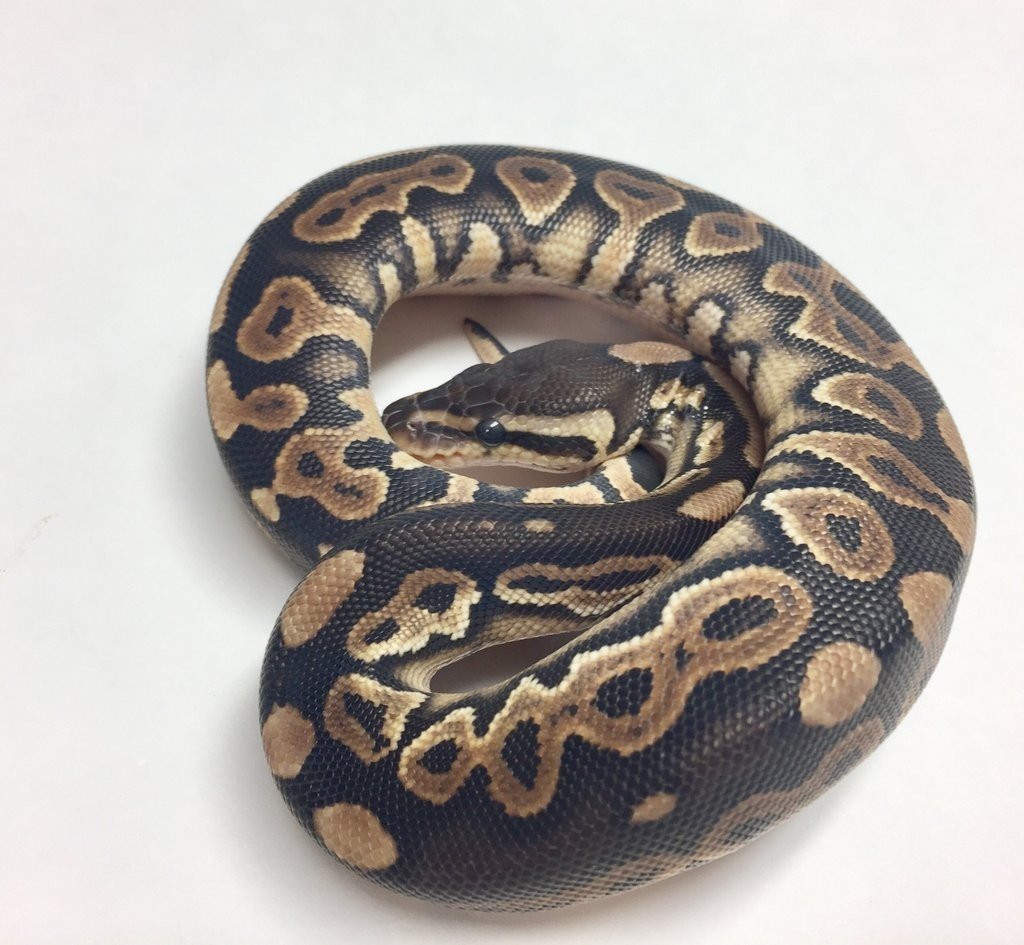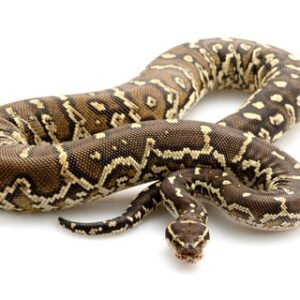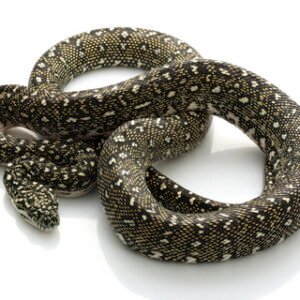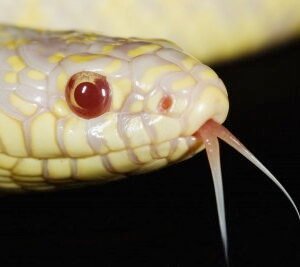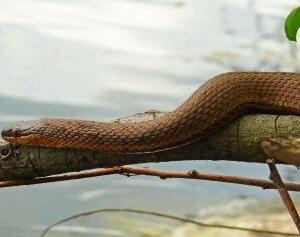All You Need to Know About Cinnamon Ball Pythons
Introduction to Cinnamon Ball Pythons
The cinnamon ball python, a captivating morph of the well-known ball python (Python regius), has become a favorite among reptile enthusiasts and pet owners alike. Originally derived from selective breeding practices, this morph exhibits a stunning appearance and intriguing behavioral traits, making it an appealing choice for those interested in serpent companionship. The cinnamon ball python is recognized for its rich brown coloration, which is complemented by a series of darker, contrasting stripes and patterns. These unique features set it apart from other morphs, providing a visual allure that captures the attention of snake aficionados.
Originating from the African continent, ball pythons are commonly found throughout a range of habitats. The cinnamon morph, first identified in captive breeding operations, has since gained significant popularity due to its beautiful coloration and relatively easy care requirements. Its unique color palette typically showcases a blend of warm browns and yellows, with many individuals displaying a uniquely blotched pattern. The cinnamon ball python is not only aesthetically pleasing but also possesses a calm and docile temperament, making it suitable for novice keepers as well as experienced reptile owners.
Behaviorally, cinnamon ball pythons tend to exhibit typical traits of their species, including a generally relaxed demeanor and a propensity for hiding. These snakes are known for their inquisitive nature, often exploring their surroundings with curiosity. Furthermore, they can become more social when handled regularly, forming a bond with their owners over time. As with all pets, understanding the specific needs and characteristics of cinnamon ball pythons is crucial for their welfare. By familiarizing oneself with this morph’s unique qualities, prospective owners can ensure a fulfilling and rewarding experience in caring for their new companion.
Caring for Your Cinnamon Ball Python
Caring for a Cinnamon Ball Python involves several essential aspects that are crucial for the snake’s health and well-being. First and foremost, habitat setup is vital. A spacious enclosure, ideally 40 gallons or larger for an adult, is necessary to provide ample room for growth and exploration. The enclosure should mimic the natural habitat of these snakes, incorporating elements such as hiding spots using logs or rocks, and plenty of substrate for burrowing, like aspen shavings or coconut fiber. This environment helps reduce stress and promotes natural behaviors.
Feeding requirements for a Cinnamon Ball Python primarily consist of appropriately sized rodents, such as mice or rats. Hatchlings typically consume smaller mice, while adults may require larger prey. It is advisable to feed them appropriately sized prey every 7-14 days, with the size being about the width of the snake’s body at its widest point. Providing fresh, clean water at all times is also essential.
Temperature and humidity control in the enclosure is another critical consideration. Cinnamon Ball Pythons thrive in a temperature gradient, which should range from 75°F to 95°F, allowing them to regulate their body temperature effectively. The basking spot should be around 90°F for optimal digestion. Maintaining humidity levels between 40% and 60% will support shedding and overall health. Mist the environment occasionally and provide a water dish that allows for soaking.
Seasonal care considerations also play a role in their upkeep. During the shedding phase, increase humidity slightly to aid the process. Handling and socialization are essential for fostering a positive relationship with your pet. Regular, gentle handling will help your snake become accustomed to human interaction, reducing stress and fear over time. As with all pets, consistent and patient care will lead to a well-adjusted Cinnamon Ball Python that thrives in captivity.
Health and Common Issues
Cinnamon ball pythons, like all reptiles, require diligent care to ensure their well-being. Being aware of potential health concerns is critical for owners aiming to provide the best possible environment for their pet snakes. Some of the most common health issues include respiratory infections, mite infestations, and shedding problems. Early detection of these concerns can significantly improve the health outcomes for your cinnamon ball python.
Respiratory infections are among the most prevalent ailments in pythons, often resulting from poor environmental conditions such as inadequate humidity, low temperatures, or unsanitary habitats. Symptoms to watch for include wheezing, open-mouthed breathing, or a discharge from the nostrils. If any of these signs appear, it is crucial to consult a veterinarian specialized in reptiles. Proper basking spots and humidity control can prevent these infections from occurring.
Mites are another common issue faced by ball python owners. These tiny parasites can cause stress and skin irritation to your pet. Signs of a mite infestation include excessive rubbing against objects, visible black or red spots on the skin, and lethargy. Regularly inspecting your snake and maintaining a clean enclosure can help thwart mite issues. If an infestation is detected, a veterinarian can provide solutions for effective treatment.
Shedding problems also deserve attention, as incomplete sheds can lead to health complications. A humid environment is essential for optimal shedding. Owners should observe their snakes during the shedding process and ensure that the enclosure’s humidity levels are suitable. If your cinnamon ball python exhibits difficulty shedding or remains with retained skin, consult a veterinarian promptly to avoid potential skin infections.
Regular veterinary check-ups play a vital role in preventive healthcare for cinnamon ball pythons. A qualified reptile vet can help assess your snake’s health, provide vaccinations if necessary, and offer diet and habitat recommendations to mitigate common issues. Being proactive about the health of your cinnamon ball python not only ensures its longevity but also enhances the overall experience of snake ownership.
Breeding Cinnamon Ball Pythons
Breeding cinnamon ball pythons can be both an exciting and rewarding experience for enthusiasts. To begin the breeding process, it is essential to ensure that both the male and female are healthy and of adequate age, typically around two to three years old. Proper care and nutrition leading up to breeding play a crucial role in ensuring successful mating and viable offspring.
When pairing cinnamon ball pythons, the selection of compatible partners is vital. Breeders often consider genetic traits, as the cinnamon morph is known for its striking coloration and unique patterns. Understanding the genetics of both parents helps predict potential outcomes in offspring. In the case of cinnamon ball pythons, pairing one with a normal ball python could produce a variety of outcomes, including cinnamon offspring and other morphs, depending on the specific genetics involved.
Once mating occurs, and if successful, the female will lay eggs approximately 30 days later. The average clutch size can range from 4 to 10 eggs, though this number may vary based on the individual snake’s health and genetics. Post-laying, the female will require special care and attention, including monitoring her hydration and providing a proper environment to recuperate. The incubation of eggs is a critical stage in breeding cinnamon ball pythons. Eggs should be placed in an incubator with a stable temperature of around 88-90°F and maintained humidity levels of approximately 80%. This will ensure optimal development for the embryos.
As the hatch date approaches, breeders should prepare for the care and responsibility involved in raising baby snakes. Unlike mature snakes, hatchlings require specific environmental adjustments, including adequate heat, humidity, and feeding schedules. Ethical considerations also play a significant role in breeding practices, emphasizing the importance of responsible ownership, especially concerning the offspring’s placement and the welfare of both parent snakes. Understanding these aspects will enrich the experience and promote healthy breeding practices within the community.

